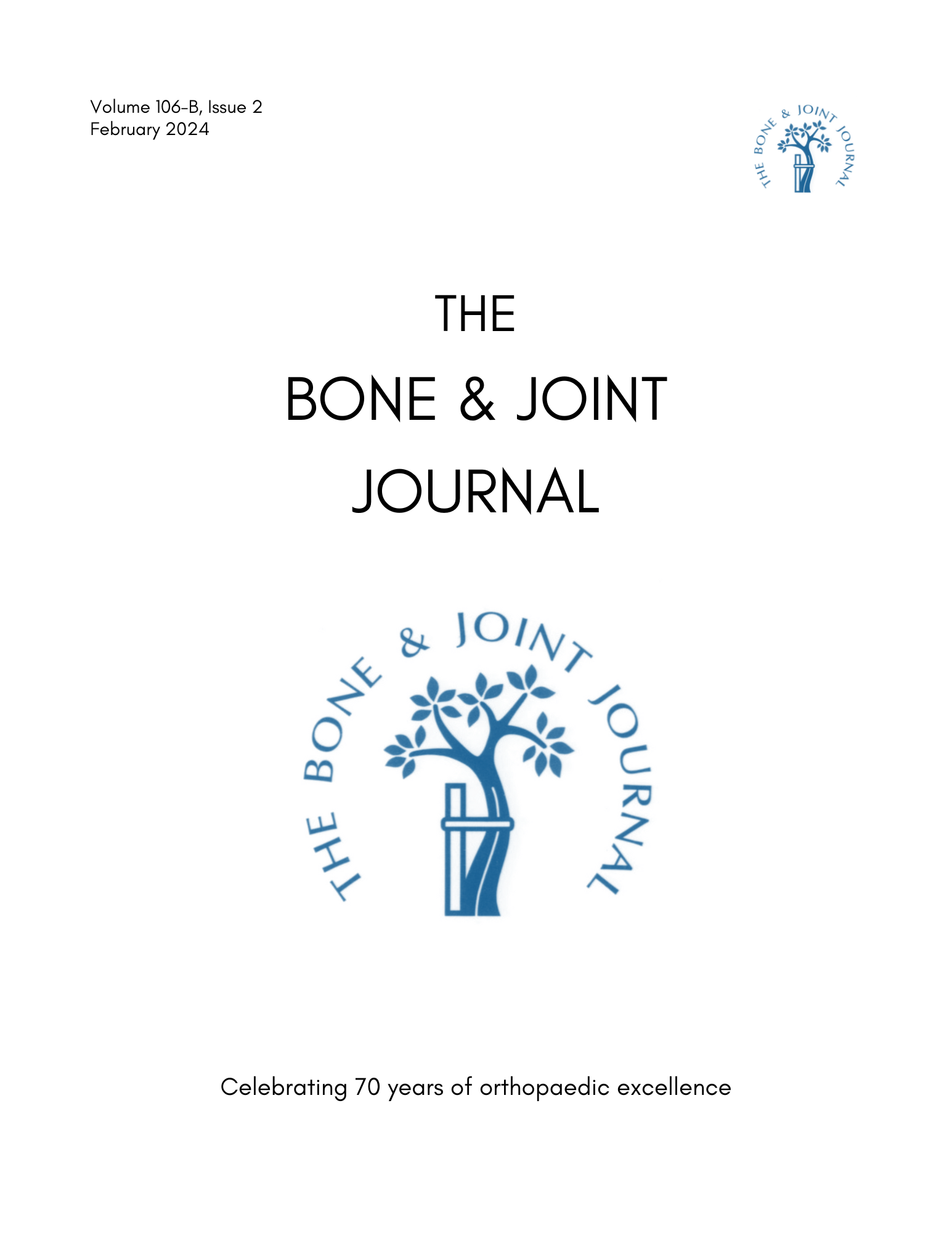
Intramedullary nailing provides better recovery of mobility for trochanteric hip fractures

Intramedullary nailing provides better recovery of mobility for trochanteric hip fractures
Sliding hip screw versus the Targon PF nail in the treatment of trochanteric fractures of the hip: A randomised trial of 600 fractures
J Bone Joint Surg Br. 2012 Mar;94(3):391-7.Did you know you're eligible to earn 0.5 CME credits for reading this report? Click Here
OE EXCLUSIVE
Dr. Martyn Parker elaborates on intramedullary nailing and sliding hip screws
Synopsis
598 patients (600 fractures) with trochanteric fractures of the hip were randomized to management using a sliding hip screw (SHS) or intramedullary nailing to compare clinical outcomes. At 1 year follow-up clinical results were comparable between the two groups. The most notable difference was a significantly better improvement in mobility in the intramedullary nailing group.
To view the full content, login to your account,
or start your 30-day FREE Trial today.
FREE TRIAL
LOGIN
Forgot Password?
Explore some of our unlocked ACE Reports below!

Learn about our AI Driven
High Impact Search Feature
Our AI driven High Impact metric calculates the impact an article will have by considering both the publishing journal and the content of the article itself. Built using the latest advances in natural language processing, OE High Impact predicts an article’s future number of citations better than impact factor alone.
Continue



 LOGIN
LOGIN

Join the Conversation
Please Login or Join to leave comments.